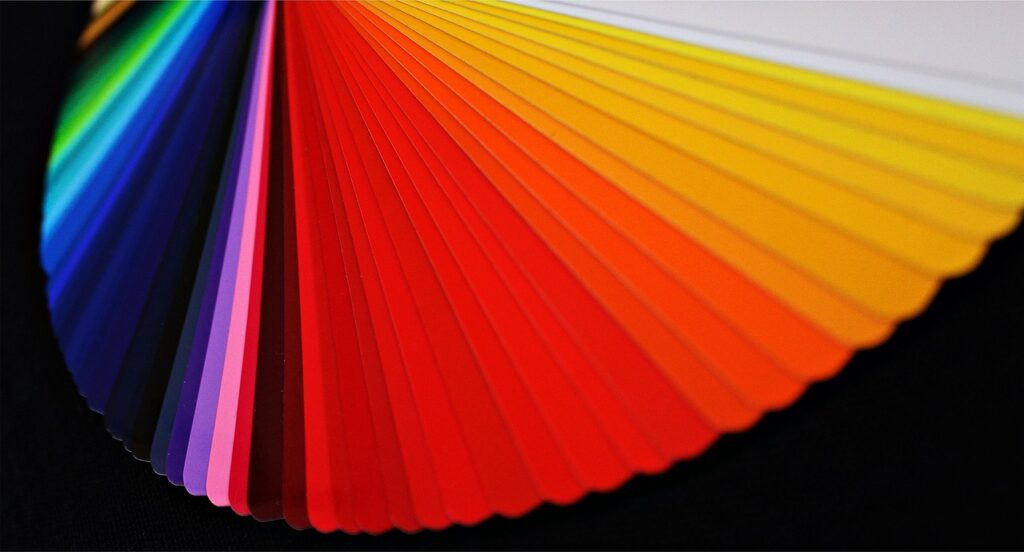Many people have neglected the importance of design in agricultural structures. They think that since structures like barns are used just to house their livestock or store their equipment, it does not have to look pretty.
Fortunately, design is no longer an afterthought in agricultural and rural buildings. Property owners are embracing the opportunity to blend function with visual appeal. Metal barns, once thought of as utilitarian structures, now offer a platform for creative expression. Through careful selection of color and texture, your metal barn can become a striking focal point on your property, complementing its surroundings and reinforcing its practical value.
The Role of Aesthetics in Functionality
Practicality often drives the decision to choose a metal barn. These buildings offer strength, longevity, and ease of maintenance. What many owners are now realizing is that design choices can directly influence how well the structure fits into its environment. Choosing the right color and texture contributes to energy efficiency, improves resale value, and enhances the overall satisfaction of property ownership.
Color plays a key role in heat retention and reflection, making certain tones more desirable for specific climates. Texture contributes to how the surface resists weathering, how easily it sheds debris, and how it looks from a distance. The decisions you make in these areas should align with both environmental demands and personal preferences.
Exploring Color Options
Color selection is about more than personal taste. It must take into account climate, landscape, surrounding architecture, and the purpose of the barn. A bright red barn may stand out beautifully against snow-covered fields in winter but might look out of place in a wooded, shaded environment. Earth tones may blend better with natural settings, creating a softer impression.
Lighter shades are generally more effective in reflecting sunlight. This can help regulate indoor temperatures and reduce cooling costs in warmer climates. Darker colors may retain heat longer, which can be beneficial in colder locations but may lead to heat retention issues in summer. Understanding the thermal properties of your chosen palette ensures your barn is more comfortable and efficient year round.
Using Contrast to Enhance Design
Contrast helps define shapes, create focal points, and draw the eye to specific features. A monochrome barn may appear flat and less visually interesting. Incorporating contrast with trim, doors, or roof colors can add depth and sophistication. A barn with dark walls and a white roof creates a striking appearance, while a light base with deep green trim can connect the structure more naturally with grassy surroundings.
Architectural features such as cupolas, gables, and windows can benefit from contrasting colors to help them stand out. These enhancements provide aesthetic appeal and reinforce the design without compromising functionality.
Matching the Barn to the Surroundings
Harmonizing your barn with the surrounding property is one of the most effective ways to use color successfully. Take time to observe the seasonal color shifts in your area. Choose shades that maintain balance with those transitions. In forested areas, greens, browns, and beiges work well. On open farmland, traditional reds, whites, or slate grays remain popular. In desert landscapes, dusty taupe and muted yellows may complement the arid terrain.
Matching or coordinating the barn color with your home or other buildings on the property helps create a sense of unity. Repeating trim colors, roof styles, or siding finishes from one building to another strengthens the overall aesthetic cohesion of your land.
Understanding Texture in Metal Barns
Texture influences how light interacts with the surface and can dramatically change how a structure appears under different lighting conditions. Smooth finishes give a polished, modern feel and tend to reflect more light. Matte finishes reduce glare and appear softer to the eye. Corrugated or ribbed textures add physical dimension and help disguise dirt, scratches, and dents over time.
Textured panels may offer better water runoff and resist wear from wind and precipitation more effectively. For areas prone to harsh weather, texture can play a protective as well as an aesthetic role. Additionally, textured finishes often require less frequent cleaning to maintain a fresh appearance.
Combining Texture with Color
Color and texture should not be considered in isolation. Their interaction defines the final appearance. A dark matte color may seem subdued on a smooth panel but can look rich and bold when paired with a lightly embossed or ribbed texture. Glossy textures paired with bright colors can produce a shiny, almost lacquered look. This may be ideal for certain modern designs but could feel out of place in a rural setting.
When choosing both elements, consider how they will appear in full sun, during overcast conditions, and under artificial lighting. Requesting sample panels before making a final decision helps visualize the finished look under real-world conditions.
Trends in Barn Color and Texture
Current design trends favor muted, natural colors and subtle textures. Many property owners are opting for earth tones that age gracefully and blend seamlessly with the natural environment. Rustic reds, mossy greens, and slate grays are popular choices that stand the test of time. Black barns with white trim are gaining attention for their bold contrast and timeless appeal.
The popularity of matte finishes has grown in recent years. These finishes soften bold colors and create a sophisticated look that can complement both traditional and contemporary properties. Ribbed textures continue to be favored for their durability and low-maintenance characteristics.
Coordinating with Roofing and Trim
The roof and trim of a metal barn present important opportunities to reinforce the visual appeal of your structure. These elements allow for accenting and contrasting that can dramatically improve overall appearance. Roof colors in complementary or contrasting tones can give the building a balanced and purposeful feel.
Trim around doors, windows, and rooflines defines the edges of the structure. Use it to emphasize clean lines, highlight entrances, and break up large wall areas. Choosing the same trim color as your home or nearby buildings enhances the continuity of your property design.
Customization and Accent Features
You can take the look of your barn even further with custom features. Colored gutters, shutters, weather vanes, and cupolas can all serve as artistic touches that express your personality. These features are small in size but large in impact, especially when thoughtfully coordinated with the rest of the color and texture choices.
Installing windows with frames that match or contrast the primary barn color can add character and increase natural lighting. Barn doors are often an opportunity for stylistic flourishes, such as arched tops or decorative handles, which further individualize your building.
Avoiding Common Design Mistakes
Choosing colors based solely on trends or personal favorites without considering the environmental context can lead to disappointing results. It is essential to visualize how your selected palette interacts with the property throughout the seasons. Another common mistake is overusing dark tones, which may create a heavy or industrial feel in open countryside.
Selecting textures that are too subtle or too pronounced for the barn’s intended setting can also create an imbalance. A rough texture on a small barn may overwhelm the design, while an ultra smooth surface on a large barn may appear too sterile or flat. Always strive for balance and proportion in both texture and color.
Considering Maintenance and Longevity
Color and texture choices affect how your barn ages. Some colors may fade more quickly under strong sunlight. Darker colors may show dirt more easily. Textured finishes often perform better when it comes to hiding minor imperfections. A well chosen combination will minimize the frequency of cleaning, repainting, or repairs.
Protective coatings and UV resistant finishes are worth considering. These can prolong the integrity of your selected color and texture while preserving the barn’s beauty for many years. Taking the time to invest in quality materials at the outset can prevent premature aging of your barn’s exterior.
Seeking Expert Guidance
Consulting a metal building contractor or designer with experience in barn construction can provide valuable insight. These professionals understand which combinations work well in your local climate and which materials will deliver the best performance. Bringing your design goals to the table and asking for samples or mockups can help ensure that your vision becomes a reality.
Experienced contractors may also help navigate color-matching across suppliers and ensure that the installed product reflects your intended style. This step is especially important for large barns where visual continuity is key.
Final Thoughts on Design Impact
Designing a metal barn with thoughtful use of color and texture can elevate the entire feel of your property. It transforms a simple structure into a beautiful, durable feature that reflects your taste and serves your needs. Rather than settling for a generic design, explore your options and take control of your barn’s visual identity.
Conclusion
Color and texture are powerful design tools that influence the functionality and aesthetics of your metal barn. With careful planning and smart choices, your barn can look as impressive as it is practical. Consider your environment, climate, and preferences. Aim for a design that fits the broader visual landscape of your property while allowing space for personalization. Your barn does not have to be just another building on your land. It can be a statement of purpose and pride that will last for decades to come.

